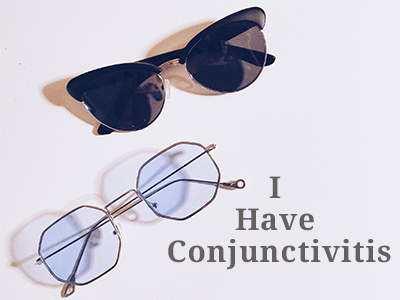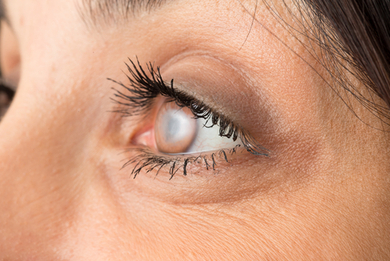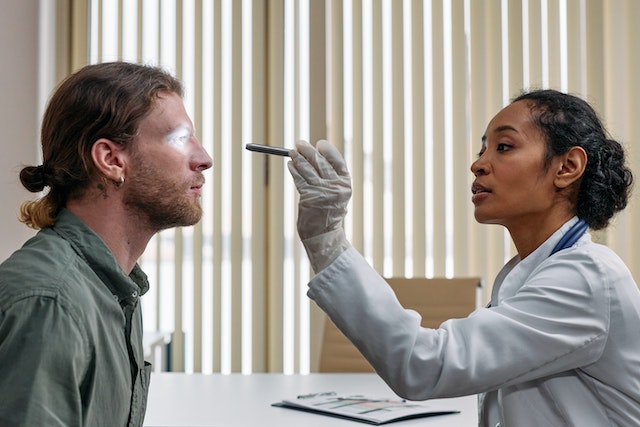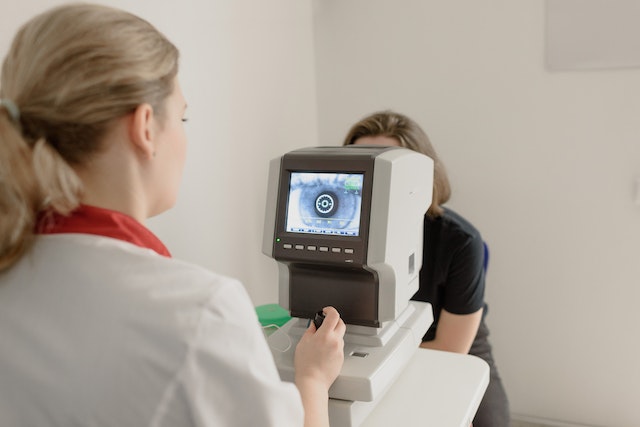Conjunctivitis, or pink eye, is an inflammation of the conjunctiva. On the inside of the eyelid, the conjunctiva is a thin, transparent tissue covering the white part of the eye.
A condition called conjunctivitis, or pink eye occurs when the thin, clear tissue covering the white part of the eye and the inside of the eyelid becomes inflamed. There are many causes of conjunctivitis, including bacterial, viral, allergic, and chemical irritants.
Redness, itching, burning, tearing, and discharge are some of the symptoms of conjunctivitis. Light sensitivity and vision loss can occur in severe cases.
It depends on the underlying cause of conjunctivitis and what treatment options are available. An antibiotic eye drop or ointment is usually prescribed for bacterial conjunctivitis. Symptoms of viral conjunctivitis can be relieved with eye drops or ointments. Symptoms of allergic conjunctivitis can be treated with antihistamines or allergy eye drops, as well as avoiding the allergen. To treat irritant conjunctivitis, flush the eye with water.
Depending on the underlying cause and treatment method, conjunctivitis can be successfully treated by an eye doctor. In most cases, bacterial conjunctivitis resolves within a few days to a week with antibiotics. It can take up to two weeks for viral conjunctivitis to resolve, and artificial tears may be prescribed to reduce discomfort. If the allergen is not avoided, symptoms of allergic conjunctivitis may recur. After removing the irritant, irritant conjunctivitis usually resolves.
Causes, Symptoms & Treatment
Symptom relief is usually the goal of pink eye treatment. The following may be recommended by your provider:
Ø The use of artificial tears.
Ø Using a wet cloth, clean your eyelids.
Ø Several times a day, apply cold or warm compresses.
During treatment, you will be advised not to wear contact lenses. You will likely be advised to throw out soft contacts you have already worn.
Before reusing hard lenses, disinfect them overnight. During or after the illness, your contact lens case may need to be discarded and replaced. Consult with your provider about this. If you used eye makeup before your illness, replace it as well.
Antibiotic eye drops are usually not necessary. Due to the fact that conjunctivitis is typically viral, antibiotics won’t be of any benefit. There is even the possibility that they may cause harm in the future by decreasing their effectiveness or causing a medical reaction. In contrast, the virus must run its course over time. Usually, this takes two to three weeks.
One eye is often infected with viral conjunctivitis, which spreads to the other within a few days. You should gradually recover from your symptoms.
Herpes simplex virus-induced viral conjunctivitis may be treated with antiviral medicines.
Everyone can get conjunctivitis, regardless of age, gender, or location. Specific forms of conjunctivitis, however, are more prevalent in certain groups. Children and older adults are more likely to get bacterial conjunctivitis, while school-aged children are more likely to get viral conjunctivitis. People with allergies or asthma are more likely to develop allergic conjunctivitis. Exposure to an irritant can cause irritant conjunctivitis. Contact lens wearers are also at greater risk of developing conjunctivitis, especially if they don’t maintain proper hygiene.
Viruses
Common cold viruses often cause this type of pinkeye. A pinkeye infection typically lasts four to seven days, just like a cold. A prescription antiviral eyedrop, cream, or pill may be needed to treat pink eye caused by the herpes virus.
Bacteria
You will be given antibiotics if bacteria, including STD-related bacteria, caused your pinkeye. For 5 to 7 days, you will need to apply eye drops or ointments to the inside of your eyelids three to four times a day. An oral antibiotic might be prescribed for stubborn infections or rare cases of pinkeye caused by gonorrhea or chlamydia.
Irritants
Wash the eye with water for 5 minutes if an irritating substance causes pinkeye. Within four hours, you should notice an improvement in your eyes. Contact your doctor as soon as possible if your conjunctivitis was caused by acid or alkaline materials such as bleach.
Allergies
Once your allergy is treated, and your allergy trigger is avoided, conjunctivitis caused by allergies should improve. A temporary solution is to take antihistamines (oral or drops). (Note that antihistamines taken by mouth may make your eyes even drier if you already have dry eyes.) See your doctor if you suspect allergies are causing pink eye.
How Is Conjunctivitis Diagnosed?
A cotton swab may take some fluid from your eyelid to test in a lab after your eye doctor asks about your symptoms and gives you an eye exam. Those tests can detect bacteria and viruses that cause conjunctivitis, including those that cause sexually transmitted diseases. You can then get the right treatment prescribed by your eye doctor.




